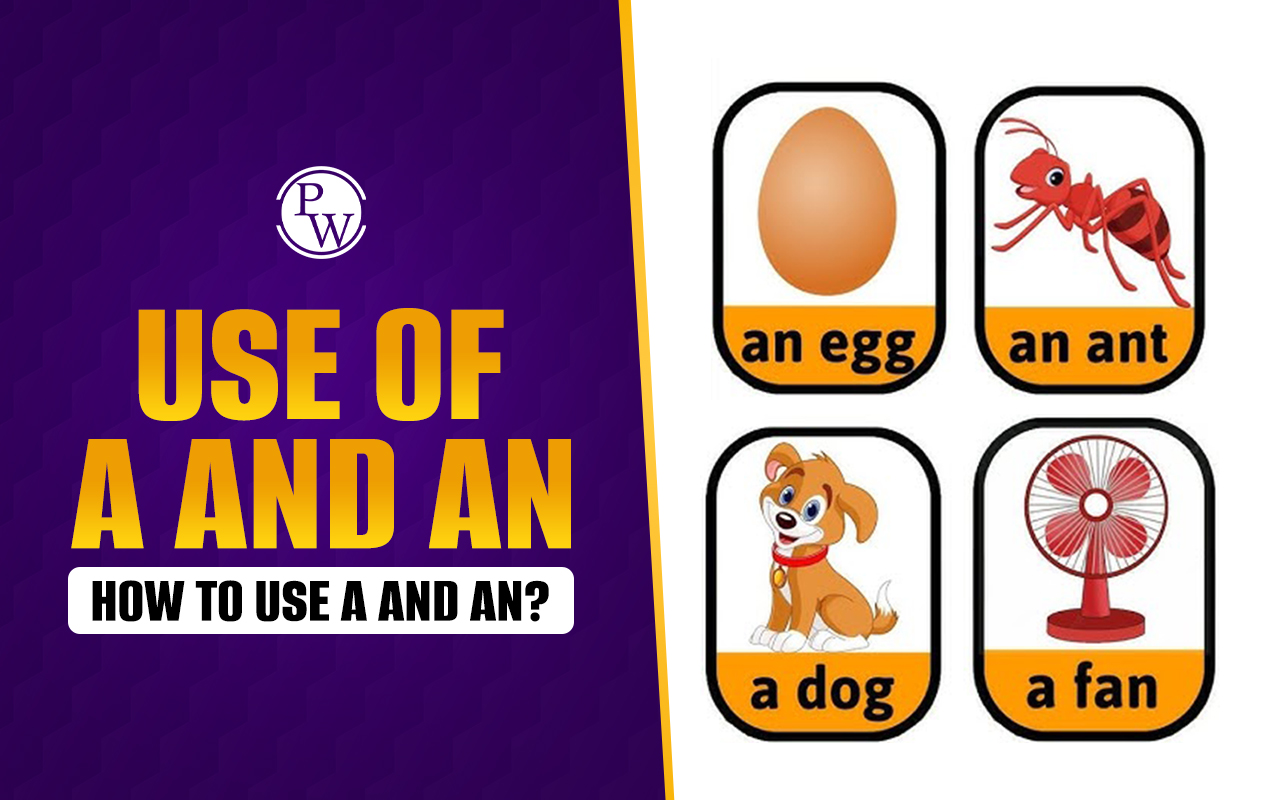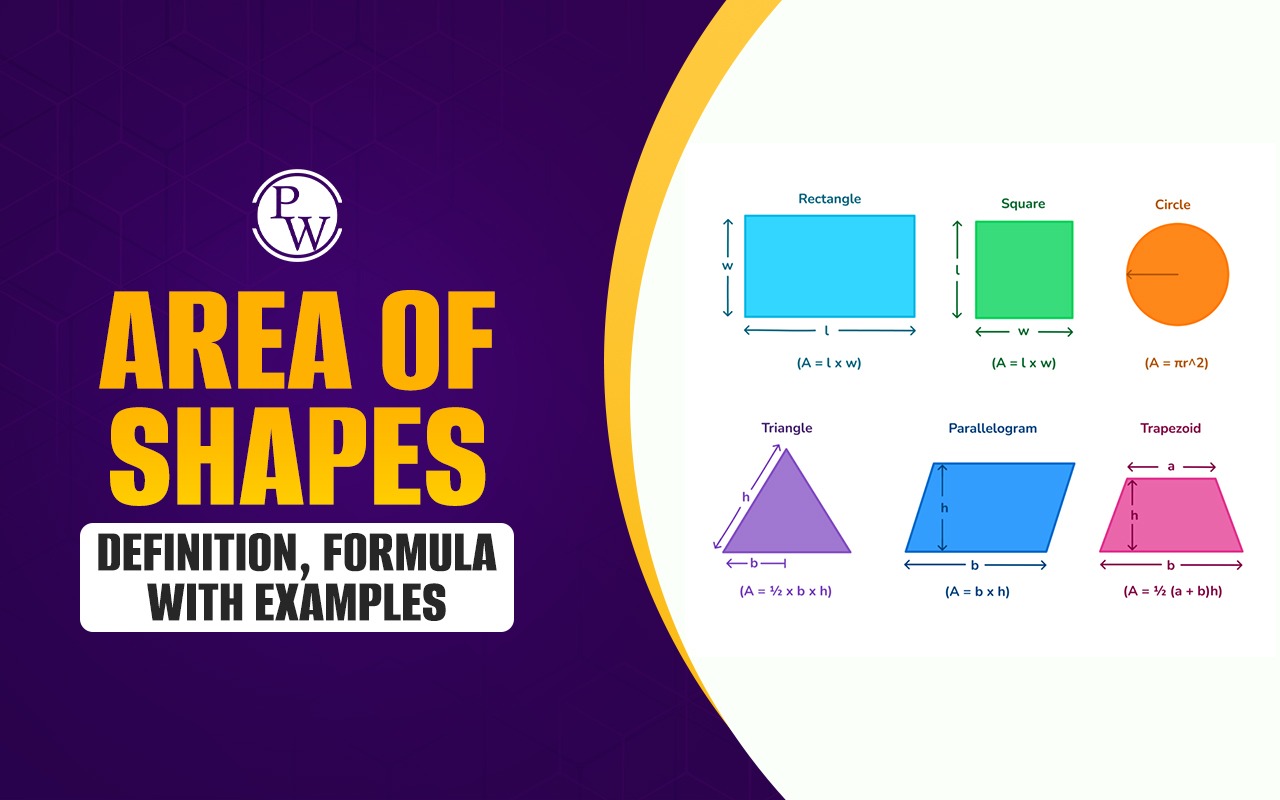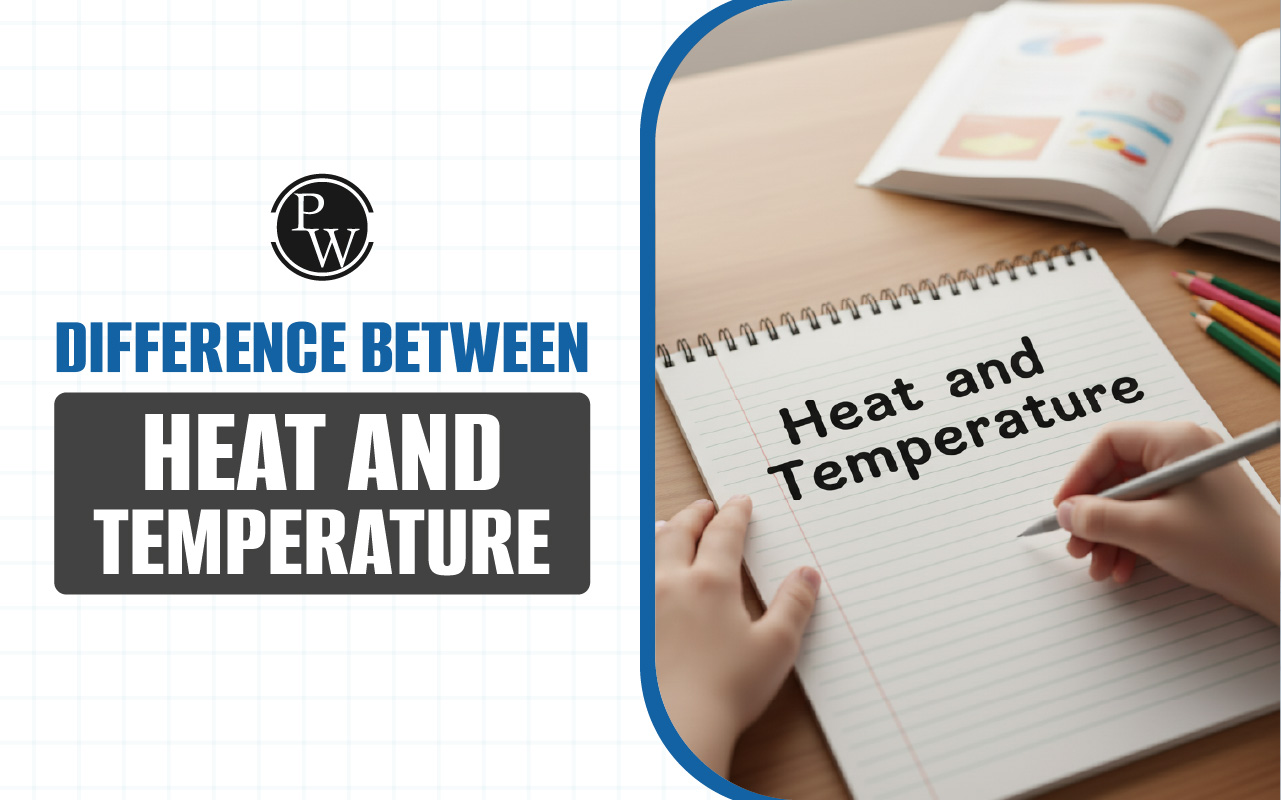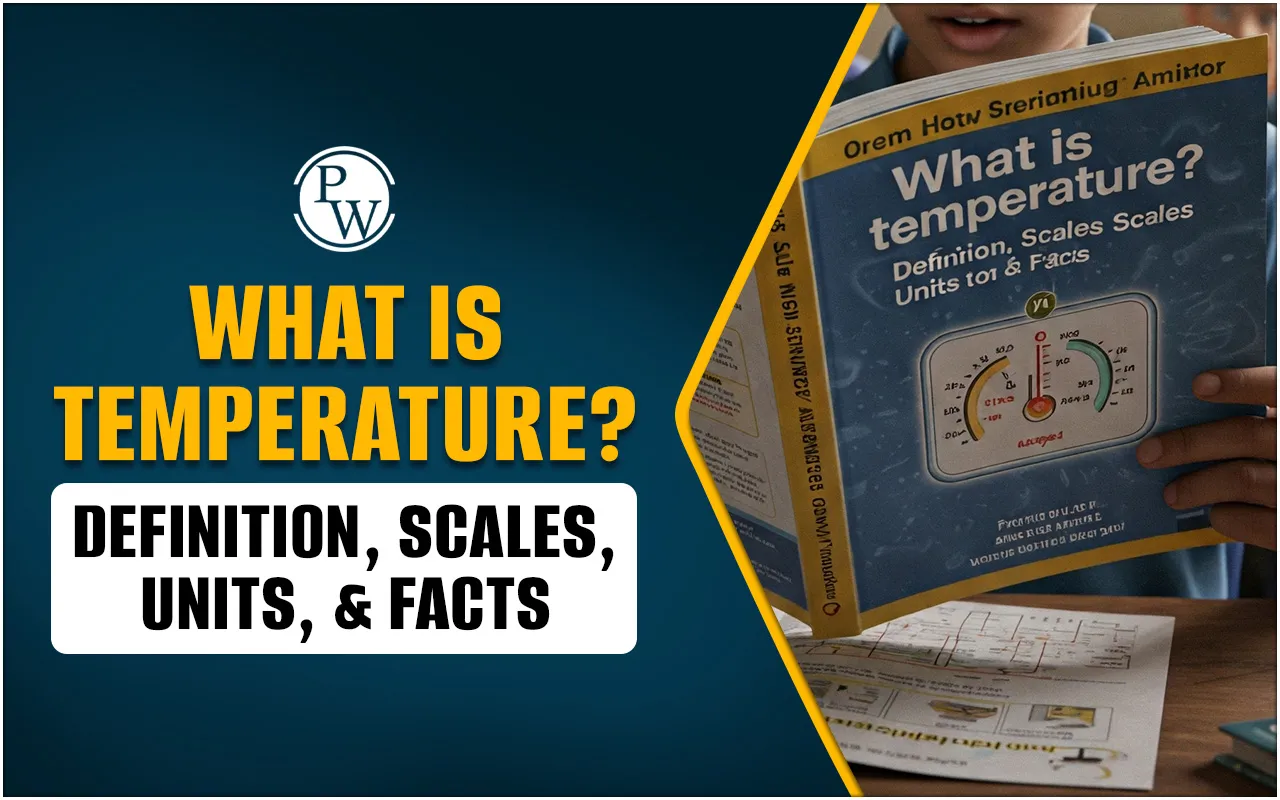
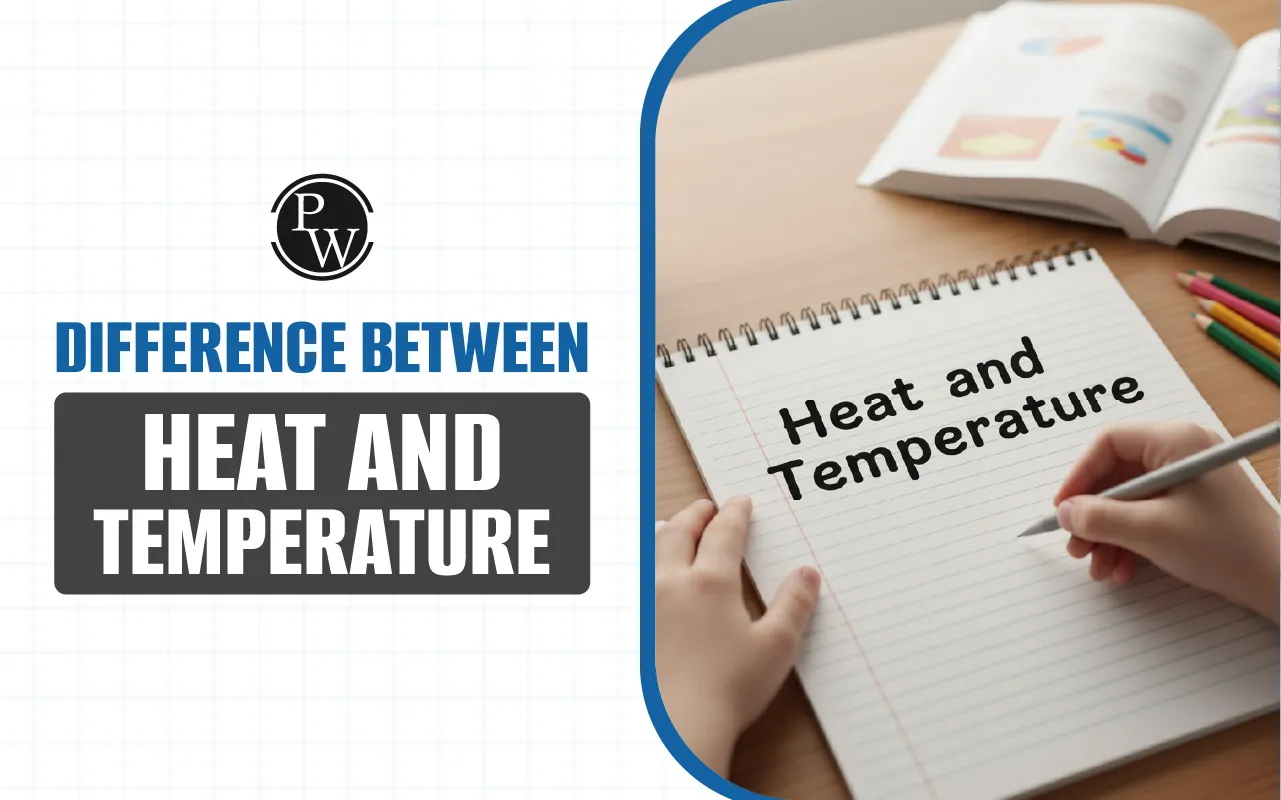
Heat and Temperature are two terms that generally confuse students because they seem similar, but they are not the same. Heat is a form of energy that moves from a hotter object to a colder one, while temperature tells us how hot or cold an object is. Even though both are related to hotness or coldness, they are used to measure different things in science.
For example, a cup of hot coffee and a hot metal plate might have the same temperature, but they feel different when touched. This is because the amount of heat in each object is different. Learning the difference between heat and temperature helps us understand everyday activities like boiling water, cooking food, or feeling the weather. To learn more about the concept and difference between heat and temperature, keep reading.
Read more: Properties of Water, Physical and Chemical
Heat and Temperature
The concept of heat and temperature becomes easier to understand when you know what heat and temperature mean. So, let's learn about what is temperature and heat one by one.
-
Temperature measures the average energy of all the tiny particles, like atoms and molecules, present inside the object. We use a thermometer to check temperature, and it can be shown in Celsius (°C), Fahrenheit (°F), or Kelvin (K).
-
What is heat? It is an important question that helps us understand how energy moves from one object to another. Heat is the energy that moves from a hotter object to a colder one. Heat is measured in joules (J).
What is Heat Transfer?
Heat transfer is the movement of heat from one object to another. Heat can move only if there is a difference in temperature. There are three main methods by which heat moves from one object to another, which are:
-
Conduction happens when heat moves through a solid object.
-
Convection happens when heat moves through liquids or gases.
-
Radiation is heat transfer through empty space without touching.
So, the concept of heat and temperature tells us that when two objects touch, heat always moves from the hotter object to the cooler one. This continues until both objects become the same temperature. Let’s now learn the difference between heat and temperature.
Read more: Science Facts Happen in Daily Life
Difference Between Heat and Temperature
Understanding the difference between heat and temperature is important because many students get confused while learning about the two. Heat and temperature are related, but they are different from each other. To better understand this, read the difference between heat and temperature as explained below.
|
Difference Between Heat and Temperature |
|
|
Heat |
Temperature |
|
Heat is a form of energy that moves from a hot object to a cold one. |
Temperature tells how hot or cold an object is by measuring the energy of its particles. |
|
Heat is the total kinetic and potential energy of all molecules present in an object. |
Temperature measures how fast the molecules in an object are moving on average. |
|
Heat has the ability to do work because it is energy in motion. For example, heat from the Sun can evaporate water or make wind blow. |
Temperature does not have the ability to do work because it only tells us the level of energy in an object. For example, a thermometer shows 50°C, but it doesn’t make water boil. |
|
Heat moves whenever there is a temperature difference between objects. |
Temperature rises when heated and falls when cooled. |
|
The SI unit of heat is the Joule (J), and it can also be measured in Calories (Cal). |
The SI unit of temperature is Kelvin (K). Other units are Celsius (°C) and Fahrenheit (°F). |
|
Heat is represented by the symbol Q. |
Temperature is represented by the symbol T. |
|
Heat can be measured using a calorimeter. |
Temperature can be measured using a thermometer. |
Knowing the difference between heat and temperature is also important for exams. For a deeper understanding of this concept, go through the real-life heat vs temperature examples given below.
Read more: What is 40 degrees Celsius in Fahrenheit?
Real-Life Heat vs Temperature Examples
Heat vs temperature examples help us understand the difference between the two and show how they both affect everyday activities, such as:
-
Ironing Clothes: The iron may feel very hot, but the heat it gives to the clothes depends on how long you let it stay on the fabric. Temperature shows how hot the iron is, but heat is the energy that actually smooths the clothes.
-
Heating a Room: A small heater may make a room feel warm quickly because it releases heat. The temperature of the air tells you how warm it is, but the heat coming from the heater actually moves and warms everything.
-
Warm Bath vs Hot Shower: A bathtub filled with hot water may feel warmer than a fast-flowing shower, even if both have the same temperature. This is because there is more heat energy present in the bathtub.
-
Cooling Drinks: Ice in a drink lowers its temperature, but the heat from the drink moves to the ice, which melts it. So, the drink cools down because heat is leaving it, not because its temperature is changing.
-
Fireplace or Campfire: While sitting near a fire, you feel warmth because heat energy moves to your body. The temperature of the fire is high, but the heat flowing to you makes you feel warm.
Also read: Metals and Non-Metals
Make Learning Science Easy and Interesting For Your Child With CuriousJr
Does your child find learning science boring and cannot connect it with real life? Many children lose interest in Science when lessons feel too theoretical or just about memorizing facts. This can make learning a chore and reduce their interest and marks in Science.
CuriousJr’s after-school Online Tuition Classes make learning Science fun and practical. These classes help your child understand concepts clearly and relate them to everyday life. The classes include live sessions, a two-teacher model for clearing doubts, interactive activities, and daily performance tracking to monitor progress.
Give your child a learning experience that is engaging, easy, and enjoyable. Book a demo class today and help your child learn Science in a fun and effective way.
Heat and Temperature FAQs
What is the main difference between heat and temperature?
What is heat and its SI unit?
What is the similarity between heat and temperature?
What is temperature and its SI unit?
What is heat transfer and its methods?







